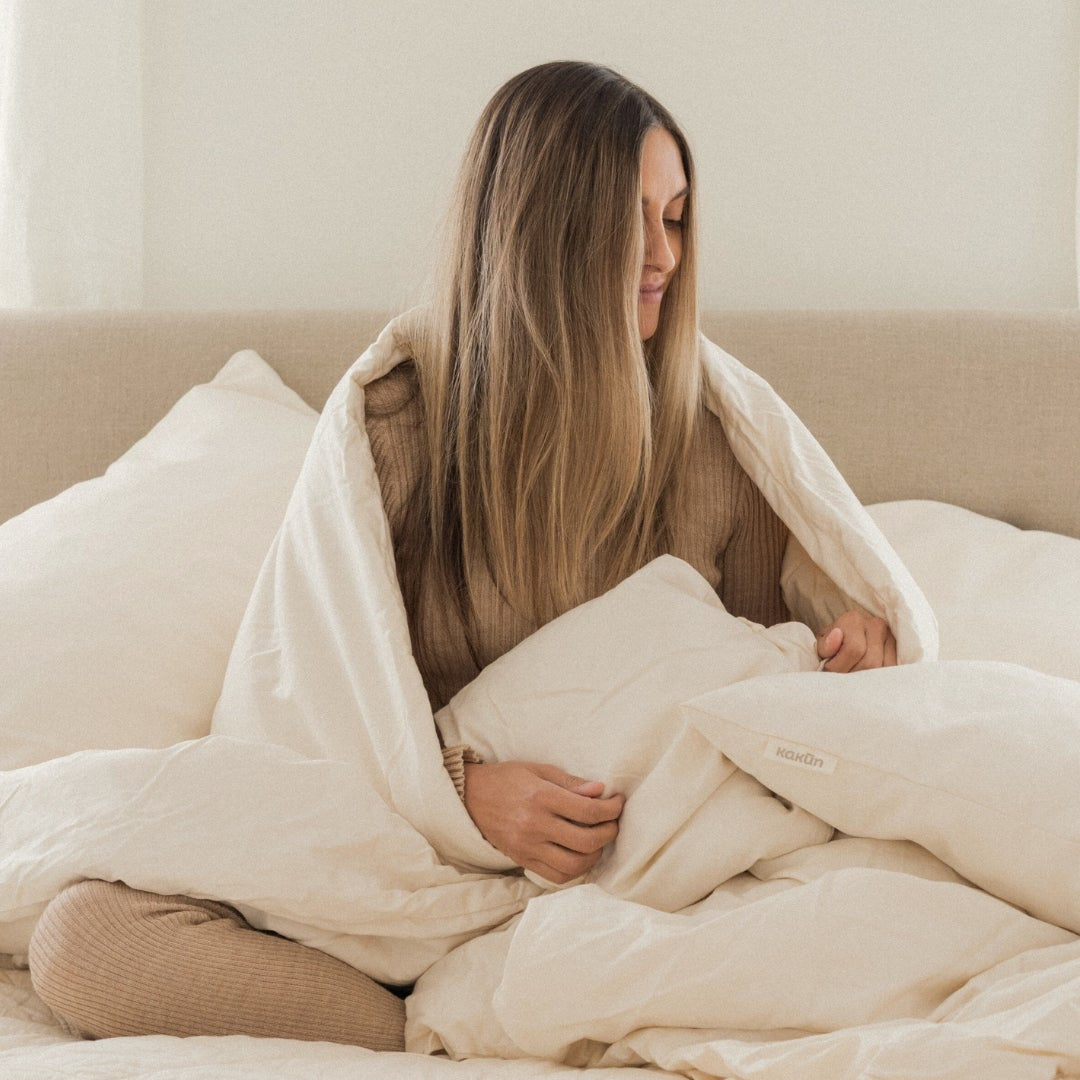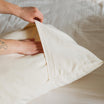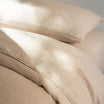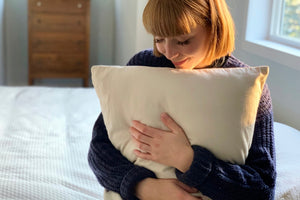Most of us grow up learning about the 5 senses (sight, sound, taste, smell and touch), without realizing we have many more that play an important role in our body's ability to function. Some of these other senses are: balance, registering thirst and hunger as well as pain, our body's ability to accelerate and decelerate, and our inherent sense of time. Let's face it, we all have senses working full time keeping us safe, comfortable and functioning optimally.
Our body's ability to monitor and manage its internal temperature, called thermoception, is also a lesser known sense. We all have something called a hypothalamic temperature sensor found in our brains, and receptors in our skin cells that run signals back and forth, helping our body respond to fluctuating temperatures. Our bodies respond by sweating, shivering or moving to adjust our external room temperatures. We do this all day, everyday. We hardly notice it’s even happening.
How Do We Regulate Our Body's Temperature While We Are Sleeping?
When we are asleep and cannot easily adjust our external surroundings without waking ourselves up, our body has to compensate. Often this is what causes us to overheat at night. We are relying on our bedding materials to help create the ideal temperature environment for us, yet some bedding is not built right to do this. Heat is trapped in and we end up sweating and overheating. Since a cooler body temperature is ideal for a restful sleep, let's see what we can do to make it easier to get our temperature just right at night.
Seven Ways to Regulate Your Body's Temperature Effectively While Sleeping:
- Avoid eating right before bedtime. The digestion process creates internal heat. If you need a light snack in the evening choose bananas, kiwis or cherries for an easy to digest fruit that also contain compounds that will help you fall asleep.
- Although regular exercise will help you sleep better, refrain from exercising at least 2 hours before bedtime. Exercising raises your internal body temperature, in turn signalling your body to be in "awake" mode.
- Let's consider snuggling. A lot of couples like to cuddle, yet we all know bodies huddled together create heat. So once you are ready to sleep, find a comfortable position to get your z's on your own.
- Choose comforters that can moderate your temperature rather than trap the heat in. Wool will wick away your heat and sweat into its bulky open fibres and give your body the space to regulate its core temperature. Conversely, feather down insulates and doesn't allow for breathability, therefore it pushes your body temperature up throughout the night.
- Use sheets that are breathable. Most linens over a 400 thread count are too tightly woven to allow for adequate breathability. In order to help your body stay cool throughout the night, your built up heat needs to dissipate through breathable sheets and linens.
- Surround yourself with natural bedding materials. Synthetic fabrics like polyester are often not breathable and will cause you to overheat. Most conventional mattresses are made with these synthetic materials and yet we blame ourselves for overheating. Natural fibres like cotton, wool, linen and natural rubber latex will help you manage your sleep temperature.
- Turn the thermostat down and open a window. The ideal room temperature for sleeping is around 65 degrees.This range will help you keep your body's temperature at the most ideal level for the best quality sleep throughout the night.
With a little bit of effort and thoughtful bedding choices, you can be on your way to a more comfortable slumber. Temperature regulation while sleeping makes all the difference to a quality sleep; one that is undisturbed and rejuvenating.



















